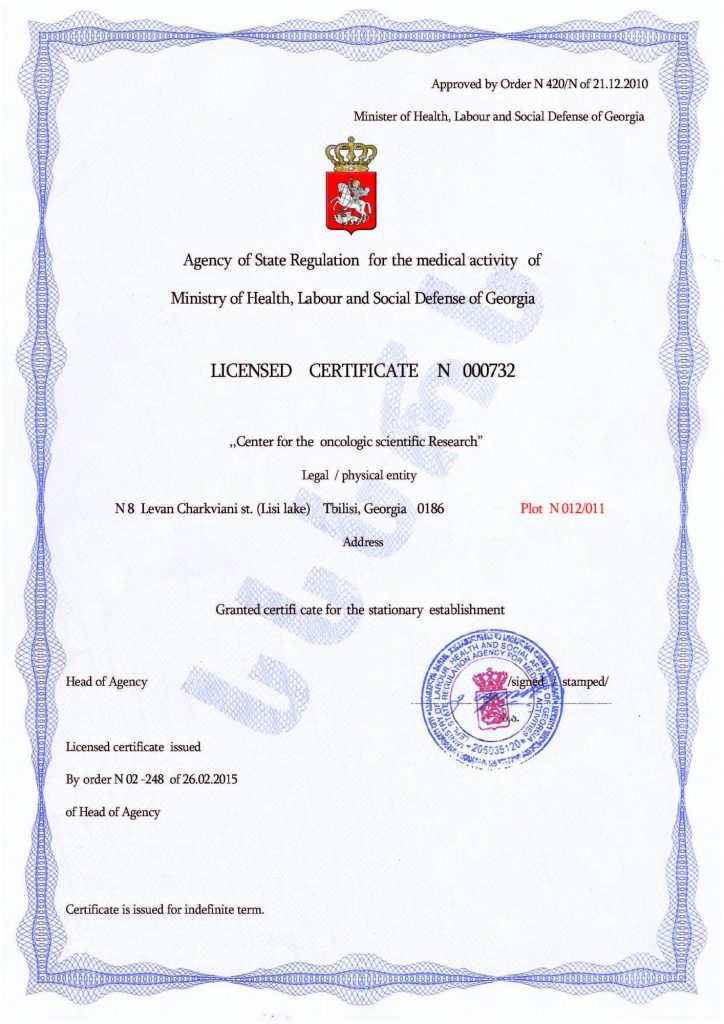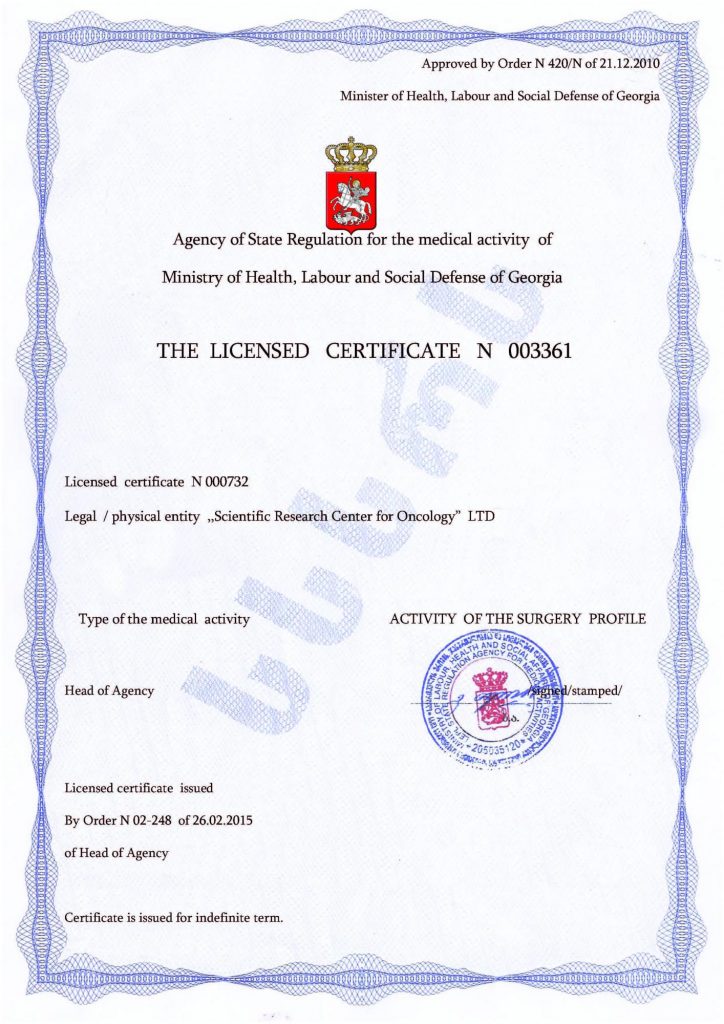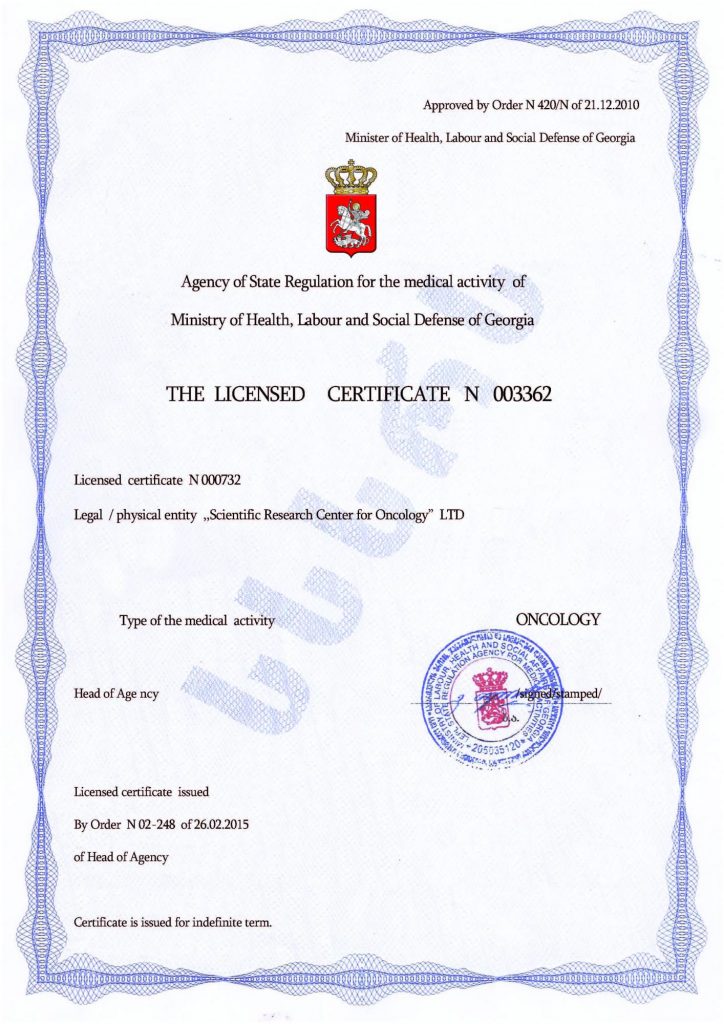Extended Autism Phenotype
Theory of the Broad Autism Phenotype
Some individuals exhibit mild signs of autism spectrum disorder (ASD) that are too subtle for a definitive diagnosis. This condition is often considered the mildest form of autism. In some cases, individuals with such traits may have children who display more pronounced signs of ASD.
The term “extended autism phenotype” or “broad autism phenotype” refers to people with mild, subtle cognitive, speech, or personal characteristics resembling autism. These traits overlap with core autistic symptoms but are much less pronounced. This concept forms the basis of the extended autism phenotype theory.
Individuals with these traits can often function socially, succeed in education and careers, build families, and live fulfilling lives. However, minor deviations in their mental and physical state can impose some limitations. A borderline extended autism phenotype may remain stable throughout life but can worsen under certain destructive conditions, such as severe emotional trauma, physical injury, chronic disease exacerbation, or infections.
Key Features of the Broad Autism Phenotype
- Awkwardness and uncertainty in situations that others navigate easily
- Slight speech function deviations
- Minimal involvement in routine responsibilities or interests
- Frequent feelings of concern and anxiety
- Focus on specific, prioritized activities or hobbies
- Unusual behavioral traits
- Atypical preferences and sensory experiences
Evidence Supporting the Theory
Numerous scientific studies support the existence of the extended autism phenotype. Research has shown that many individuals with autism have parents or close relatives exhibiting symptoms of the broad autism phenotype.
BAPQ Test
The Broad Autism Phenotype Questionnaire (BAPQ) is a tool used to identify the presence of this condition. It evaluates language, personal traits, genetic predispositions to ASD, and symptoms in varying degrees of severity.
Cutting-Edge Treatment for ASD in Children with an Extended Phenotype
Although this form of ASD is considered the “mildest,” effective treatment remains challenging, and the gene responsible for this pathology persists in a person’s DNA.
Stem cell therapy is a relatively new approach to treating childhood autism. This technique halts the progression of pathogenesis and enhances brain function. By updating the cellular structure of the body, the likelihood of pathological genes triggering ASD symptoms decreases significantly.
Benefits of Stem Cell Therapy for Childhood Autism:
- Safe and organic
- Promotes whole-body health
- Lacks adverse side effects
- Potentially improves DNA for future generations
Visit the Mardaleishvili Medical Centre. Take proactive steps to prevent the progression of this condition and improve your DNA for subsequent generations!
Autism Treatment Center Videos
Autism treatment with own stem cells
Cord blood association congress
International Quality Crown
Autism Treatment Reviews
Autism treatment with own stem cells
The story of Alessandro (6 years old)
Autism Patient Testimonial - Stem Cell Treatment
Clients Testimonials

Review by Anastasia, mother of Yusup (8 years old) Read More

Feedback from Nathalie, mother of Andre (9 years old) Read More

Feedback from Yulia, mother of Emily (7 years old) Read More

Feedback by Everita, Katrina’s mother (5 years old) Read More

Feedback from Igor, David’s father (12 years old) Read More












